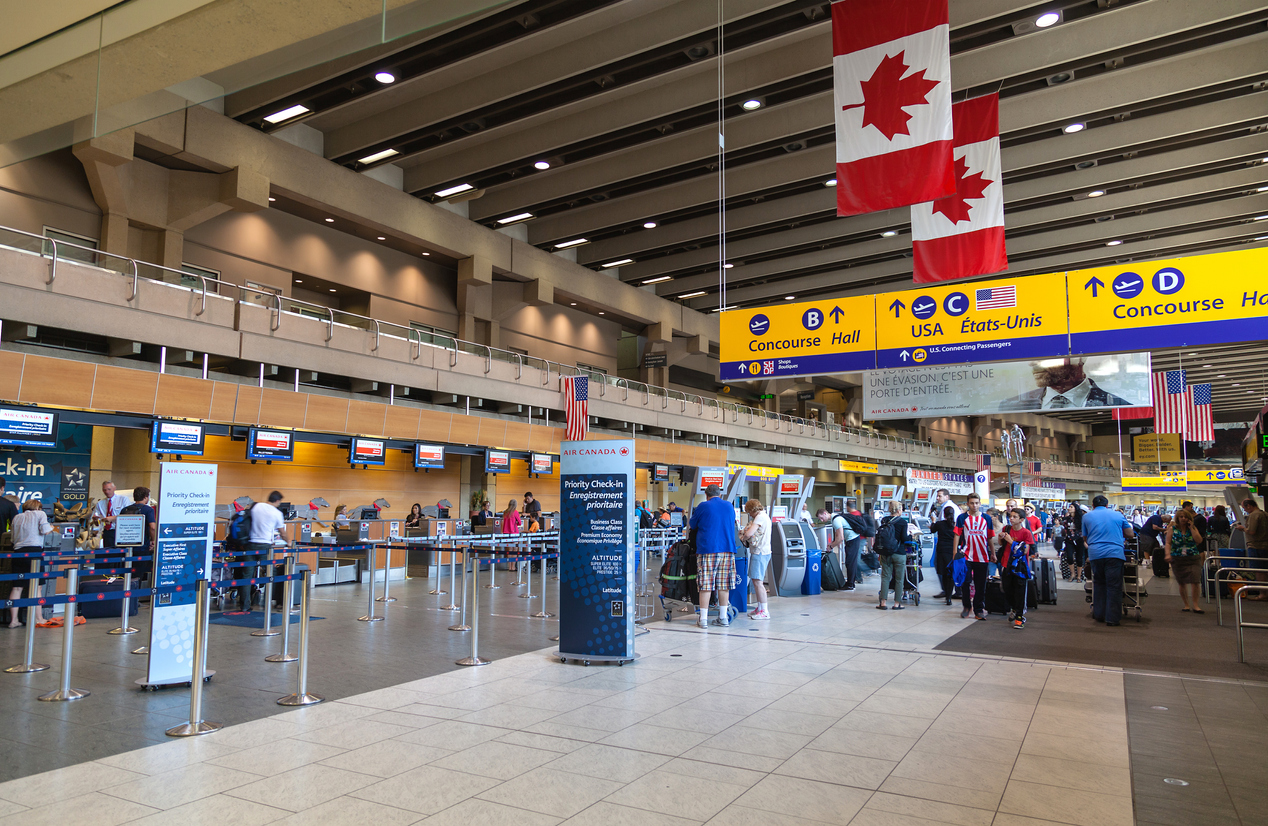The Express Entry system was launched in January 2015, marking a crucial transition in Canada’s management of immigration application from the Economic Class programs.
Before the introduction of the system, applications to the Canadian Experience Class (CEC), Federal Skilled Trades Class (FSTC) and Federal Skilled Worker Class (FSWC) were effected depending on a first-come, first-served basis.
The approach guaranteed all candidates that their applications would be reviewed, with those who met the required threshold receiving permanent residence. However, one had also to pass an admissibility test.
The Express Entry system ranks FSTC, FSWC, CEC candidates and part of Canada’s Provincial Nominee Program (PNP) based on the Comprehensive Ranking System (CRS) score.

Under the CRS, candidates are invited to apply to become permanent residents of Canada based on qualifications such as proficiency in French, English, education, skilled work and age. Regular draws are held where those with high scores are invited to submit their applications.
Old system too slow
Among the demerits of the old system were delays due to the high number of applicants against a few available spots, which created backlogs, which took years to clear, leaving families distraught. Also, the delays created a possibility where immigrants who gained permanent residency status were never compliant with Canada’s labor market requirements. Job opportunities could become redundant within a short time into the future, making it hard to integrate those who occupied them into the labor market.






